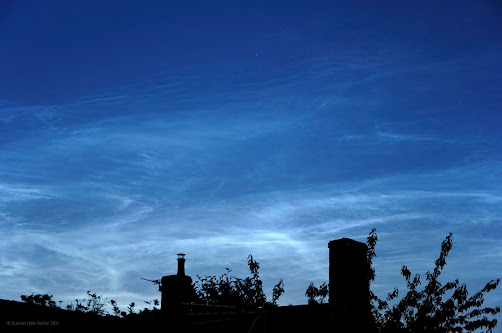I have only learnt recently of the death of Dr Dave Gavine after seeing his obituary in The Scotsman. He died two years ago in January 2020 aged 82. The last time I saw Dave was when he gave a talk at the Astronomical Society of Edinburgh over 7 years ago when I still lived in Scotland. I recall from that evening that he was sort of hanging up his serious astronomy observing boots as he was giving away his heavy duty boiler suit that he wore when sitting outside on cold evenings. I know Dave was a keen variable star observer and, from what I can remember, liked to carry out visual observations in the old fashioned way using binoculars and telescopes. In fact, having looked up the details of this meeting which took place on the 6th June 2014, Dave had given us a short presentation on variable star observing after the AGM.
Dave Gavine served as president of the ASE from 1983 to 1985 and from 1991 to 1992. I didn't join the ASE until 1994, so this was before my time. However, Dave was, I think editor of the ASE journal at that time, a post he carried out for many years (in fact, Dave started the Journal in August 1980). For his PhD thesis from the Open University, Dave researched into the history of astronomy in Scotland (his thesis title was "Astronomy in Scotland 1745-1900") and, perhaps, my best memories of him were his fascinating talks about the colourful people he had found out about in his astronomy researches. He was a great speaker and he loved to recount an amusing anecdote. He was a great inspiration to all of us.
For this reason (and others), it has encouraged me to join the British Astronomical Society and have a go at submitting some of my own observations. I thought, perhaps, that I would start with doing some variable star work and am now in the process of working out how to go about this.
All text and images © Duncan Hale-Sutton 2022











